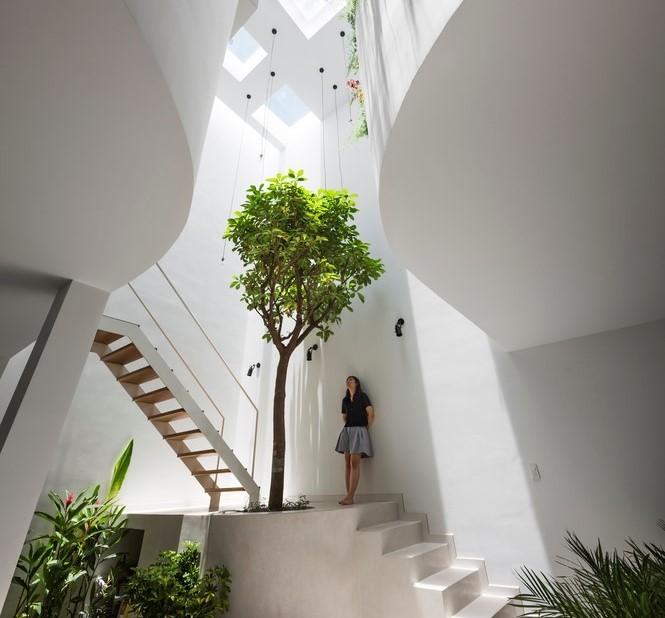Mold is a common household issue that can have serious consequences for both the integrity of a building and the health of its occupants. Whether it’s the unsightly black spots on bathroom tiles or the musty smell in a damp basement, mold is a persistent problem that requires attention. we will explore the importance of mold restoration and the steps involved in mitigating its impact.
I. What is Mold?
Mold refers to a type of fungus that exists naturally in the environment. It is composed of microscopic spores that float through the air. While mold plays a vital role in breaking down organic matter in nature, it can become a significant problem when it infiltrates indoor spaces. Mold spores can settle and grow on various surfaces, such as walls, ceilings, carpets, and furniture, under the right conditions.
II. Causes of Mold Growth
A. Moisture: Moisture is the primary catalyst for mold growth. Mold requires a damp environment to thrive, making areas prone to leaks, condensation, or high humidity more susceptible. Common sources of moisture include water leaks from plumbing or roofs, flooding, inadequate ventilation, and excessive humidity in bathrooms or basements.
B. Poor Ventilation: Insufficient air circulation can contribute to moisture buildup, leading to mold growth. Areas with limited airflow, such as closed-off rooms or poorly ventilated spaces, are at a higher risk.
C. Organic Materials: Mold feeds on organic materials, such as wood, paper, fabric, and drywall. These materials provide the nutrients necessary for mold to grow and proliferate.
D. Lack Of Sunlight: Mold thrives in dark environments, as it cannot survive direct sunlight. Therefore, areas with minimal exposure to natural light are more susceptible to mold growth.
III. The Impact of Mold on Indoor Environments
A. Structural Damage: Mold can cause significant structural damage to buildings. It can deteriorate organic materials, weaken foundations, and compromise the integrity of walls and ceilings. If left unchecked, mold growth can lead to costly repairs and renovations.
B. Health Risks: Mold poses numerous health dangers to those who are exposed to it. Mold particles can cause allergic reactions, respiratory issues, asthma attacks, and other respiratory disorders. Prolonged exposure to mold can also weaken the immune system, making individuals more susceptible to infections.
C. Unpleasant Odors: Mold often produces a musty smell that permeates indoor spaces. Even after the mold has been eliminated, this odor can be disagreeable and difficult to eliminate. It can affect the overall air quality of a building, causing discomfort for its occupants.
IV. Mold Restoration: Mitigating the Impact of Mold
Mold restoration is the process of identifying, containing, removing, and remediating mold growth in indoor environments. It involves several essential steps to effectively address the issue and prevent its recurrence.
A. Assessment: A thorough assessment is crucial to identify the extent of mold growth and determine the underlying causes. Professionals specializing in mold restoration conduct comprehensive inspections to locate hidden mold, identify moisture sources, and evaluate the affected areas.
B. Containment: To prevent the spread of mold spores during the restoration process, professionals implement containment measures. This includes sealing off the affected area, using negative air pressure machines, and employing protective equipment to minimize cross-contamination.
C. Removal: Mold removal involves physically removing the mold-infested materials. Depending on the extent of the damage, this may include removing drywall, carpeting, insulation, or other affected materials. The removal process must be conducted carefully to prevent further dispersal of mold spores.
D. Remediation: After the physical removal of mold, the next step is mold remediation. This involves treating the affected area to eliminate any remaining mold spores and prevent future growth. Remediation methods may include the use of antimicrobial solutions, HEPA vacuuming, and applying mold inhibitors to surfaces.
E. Drying And Dehumidification: Addressing the moisture issue is vital to prevent mold recurrence. Professionals utilize specialized equipment to dry the affected areas and reduce humidity levels. This may involve using dehumidifiers, air movers, and moisture meters to ensure that the environment is adequately dried.
F. Restoration And Repairs: Once the mold has been removed and the area is dry, the final step is to restore the affected space to its pre-mold condition. This may involve repairing or replacing damaged materials, repainting, and restoring proper ventilation to prevent future moisture buildup.
V. Importance of Professional Mold Restoration
While some individuals may attempt DIY mold removal, it is highly recommended to seek professional assistance for mold restoration. Professionals have the necessary expertise, equipment, and knowledge to handle mold infestations effectively. They can accurately assess the extent of the problem, implement proper containment measures, ensure thorough mold removal, and carry out remediation techniques to minimize the risk of recurrence.
Additionally, professional mold restoration companies understand the potential health hazards associated with mold exposure and take appropriate safety precautions to protect themselves and the occupants of the building during the restoration process. They can also provide valuable advice on mold prevention strategies and recommend necessary repairs or modifications to address underlying moisture issues.
